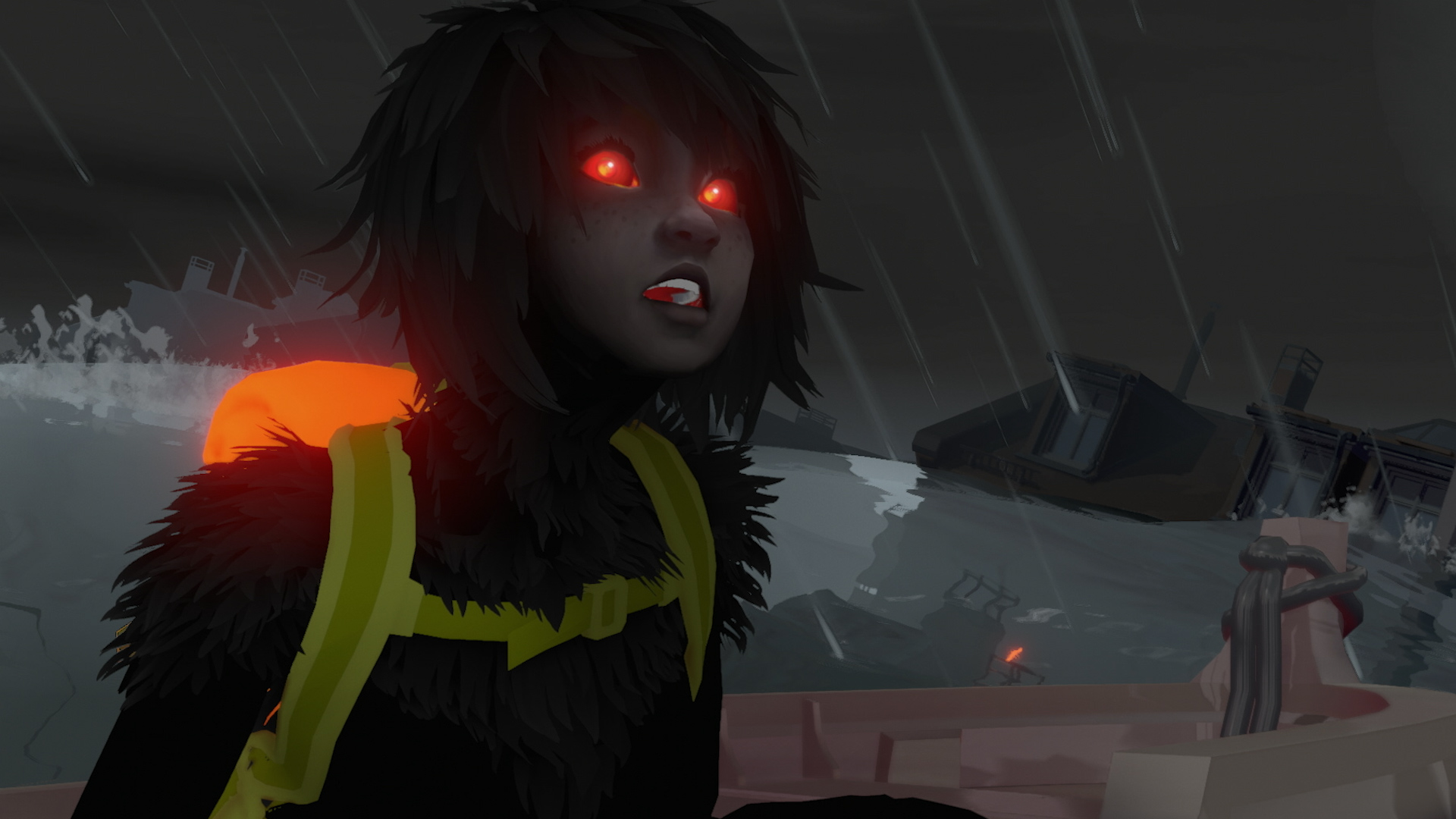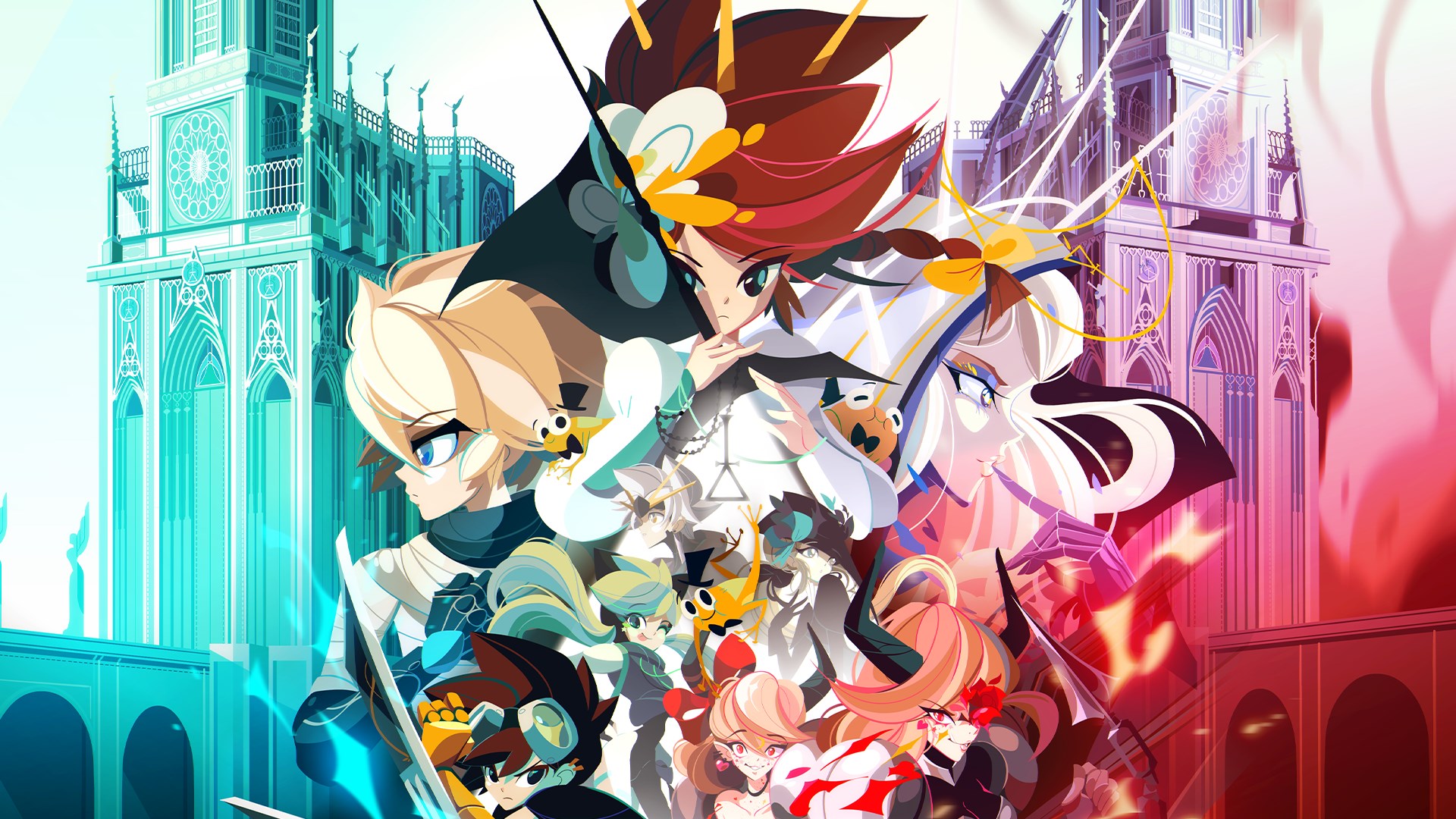Share
this town is a GHOST TOWN
Lavender Town is one of the many places visited by your trainer in the original Pokémon Red & Blue games for the Game Boy, but it stood out starkly from the towns both before and after it like a haunted house in an otherwise tidy row of suburban duplexes. Unlike the other cities in Kanto which each featured cheery townsfolk radiating chipper goodwill, Lavender Town was quite literally a ghost town. Trainers moped about mourning their lost Pokémon, and the central feature in town was the Pokémon Tower, an eight story tall graveyard for dead Pokémon where wild ghost-type Pokémon could be caught. The emphasis here is on dead Pokémon, as this is the only time in the game that it’s implied your Poké friends can perma-die rather than just fainting daintily and retreating to their Pokéballs to be revived at a later time.
Lavender Town’s equation of graveyards to ghost Pokémon makes logical sense, but adding in this less-than-subtle implication that beings in the Pokémon universe are subject to the same rules of mortality as we are is heavy stuff for a ten year old who just wants to suck down a Surge and catch a shiny Charizard. This paired with the sonically abrasive theme song that plays as you wander the empty streets may be one of the reasons that the creepy narrative around Lavender Town took shape as those children grew up and replayed the game, only to find certain moments in Lavender Town especially jarring. Only then did players stop to ask themselves: wait, what am I playing?

“LAVENDER TOWN SYNDROME”
While Pokémon Red and Blue came out in 1996, the chokehold Lavender Town has on pop culture came much later in 2010 via a rumor uploaded to Pastebin. It’s a word of mouth horror story, like any good urban legend circulated from school cafeteria to playground slide, and the short version is that in the mid 90’s children in Japan were allegedly driven mad by their Pokémon game cartridges and one by one died by suicide until Game Freak was forced to quietly pull the game from shelves.
The original Pastebin upload reads like a campfire tale – typos and all – with allegations that children weren’t just killing themselves but were doing so in grisly ways that make the Saw movies look like an amuse-bouche. According to the text, the mass hysteria was contained to the first release of Pokémon Red that, through the wily manipulations of two code monkeys, could produce supernatural horrors when the player enters the first incident of tall grass. Early in the tale the police believed the Lavender Town theme song may have something to do with the string of suicides, but the story spins out in a different direction entirely. Still, the damage was done – this is the first rumbling we have of Lavender Town’s music as a sinister force.

This creepypasta seeped through the message boards of the internet, gaining traction on 4chan with bits added, changed, and recomposed by fans until eventually the legend is as we know it today: Lavender Town’s music was the cause for the string of suicides, with an experiment in binaural audio by Game Freak having the unintended consequence of driving kids – who have more sensitive hearing than their adult counterparts – to madness. “Lavender Town Syndrome”, as it was called, was claimed to be a documented illness in Japan that Game Freak went to great lengths to cover up, even involving the Japanese government, and by the time the game reached America the music has been recomposed to be cheerier – and less lethal.
Now that’s where this urban legend gets sticky, because that part seems to actually be true. The theme song for Lavender Town appears to have been edited for the North American release to be less tinny and jarring, although the party line from Nintendo implies that the original song strained the Game Boy’s speakers and, understandably, could cause headaches – not that it had accidentally induced viral hysteria. Still, one nugget of fact seems to have given fuel to the flame of the Lavender Town myth, and from there users began looking for hints of conspiracy everywhere, turning next to the center of Lavender Town’s hauntings itself: the Pokémon Tower.
THE RUMOR OF GARY’S DEAD RATICATE
A vertical graveyard, the Pokémon Tower sets up the creepy factor before you’ve even stepped inside: outside, a child asks if you believe in ghosts, and if you say no she’ll slyly comment that there’s a white hand lingering over your shoulder.

Inside, you encounter your rival (popularly named Gary, but also referred to as Blue, or whatever swear word your nine year old potty mouth could think up) who immediately challenges you to a Pokémon battle. Eagle eyed fans have noticed that Gary’s Pokémon roster has changed since the last time you’ve fought, with one glaring omission: his Raticate is gone.
Out of the ashes of Lavender Town springs yet another maudlin tale: supposedly Gary’s Raticate has been perma-killed by you in your last battle aboard the SS Anne, the theory goes, and he’s in Lavender Town’s Pokémon Tower to mourn its loss. The rumor even goes so far as to claim that Gary starts this battle by asking, “Do you know what it’s like to have a Pokémon die?” Spooky by any measure, except it’s factually untrue. Gary actually starts the fight with a battle cry of “What are you doing here? Your Pokémon doesn’t look dead! I can at least make them faint! Let’s go, pal!”, the verbal equivalent of crushing a beer can on your head.

Adding to the mythos of Lavender Town’s real world thrall is the fact that by the Gold/Silver version of the game the Pokémon Tower disappears entirely. By this incarnation, Nintendo has replaced the mass grave with a radio tower and the entire town has been revitalized both financially and tonally. Believers in Lavender Town Syndrome argue that the tower was removed to prevent future player suicides, but it’s more likely that its disappearance was an attempt to address concerns that the town was too dour for a children’s game. Regardless, it’s yet another creative choice that fanned the flames of Lavender Town’s myth-making.

THE HORROR GETS REAL
By 2011 the creepypasta of Lavender Town was in full force, with searches for “Lavender Town Syndrome” peaking in 2012 and more sophisticated photo and audio manipulations by fans adding to the lore. A now-deleted Youtube video showed an alleged spectrogram of the original Japanese Lavender Town theme song, slowly revealing a ghost Pokémon with the phrase “Leave Now” written out of the Unown Pokémon alphabet. (Portuguese game journalist Rafael Fernandes has since reposted the video for your viewing pleasure.)

Many fans, even skeptical ones, found themselves sucked in to the wealth of so called “evidence” for Lavender Town’s insidiousness, and real world troubles for the Pokémon franchise only added to the tingle that maybe, just maybe, some of the rumors were true. In December of 1997, over 700 people in Japan were hospitalized with seizures, dizziness, and vomiting blood after watching a popular Pokémon episode on television. Towards the end of the episode “Cyber Soldier Porygon” (Dennō Senshi Porygon/でんのうせんしポリゴン in Japanese), a bomb goes off and for approximately five seconds red and blue lights flash and pulsate on screen. Medical experts were stumped by how pervasive and widespread the effects of this episode were with both adults and children falling ill all across Japan, and some U.S. doctors referring to it as “optically stimulated epilepsy”. The scene was later removed before a global release, but the original scene can be viewed here – photosensitive viewers beware.
LAVENDER TOWN TODAY
Incidents like the Porygon episode – seemingly intangible things meant for children causing real, physical pain – only gave credence to the otherwise improbable sounding Lavender Town myth. These incidents married with the sheer amount of people contributing to the lore merrymaking online made Lavender Town Syndrome hard to resist. After all, it’s a story meant to precisely target the pressure points of those who grew up on Pokémon in the 1990’s: it features victims aged 10-15 (the demographic where Pokémon was most beloved), revolves around a game that most children across the globe had played, involves something that had subconsciously unsettled perhaps millions of people (the Lavender Town theme song), and best of all requires an advanced fluency in Japanese to fact check.
The timing of the myth-making is most interesting of all, as the creepypasta was chugging towards virality at a time that would have put the first wave of Pokémon fans in their mid twenties. The first generation that had grown up on the internet was seeing technology’s overwhelming influence in their everyday lives, and was just old enough to have complex and maybe even conflicting thoughts about their childhood relationship with it. Not only that, but by the late aughts death by suicide amongst teenagers was trending dangerously upwards and it wouldn’t be amiss to think at least a few of the folks consumed by the Lavender Town lore had been personally affected by real tragedy.
Horror stories, after all, are nothing less than a way to make sense of real misfortunes. They’re hypnotic in their gross outs or elaborate wickedness, but they’re also contained with a firm beginning and end; a bad guy to catch, a ghost to vanquish, a video game to blame. Horror is a hammer on its audience at its worst, but it’s also a tool to cope at best.
Despite the urban legend’s typos, technical plot holes, and the fact that anodyne Japanese music subliminally encouraging suicides isn’t exactly original, the fact is that – like all good ghost stories – we wanted to believe it. It’s a hell of a tale, with all of the trappings of a summer camp ghost story told after bunking down. While it may be cheesy, its fixation on our real fears – technology, childhood joys being used as a weapon, and how death is an inescapable force even for children – helps to make it a popular internet myth even today. Stephen King, consummate horror tsar, said it best: “We must join hands like children in a circle and sing the song we know so well, that life is quick, time is short, dead is dead and nobody is really okay.”




